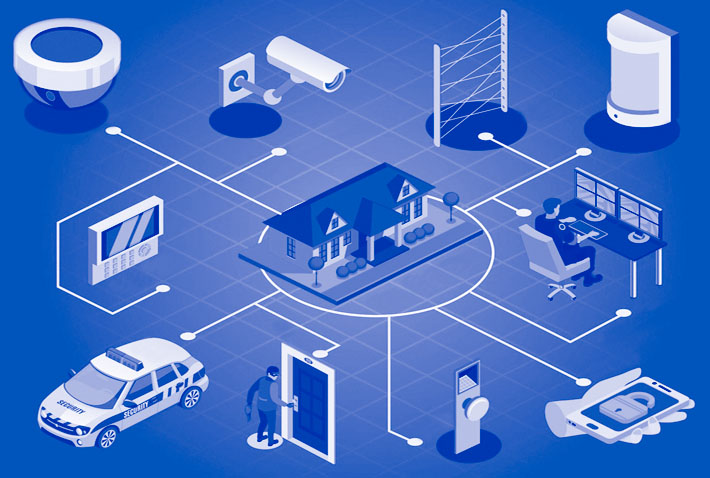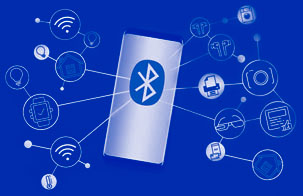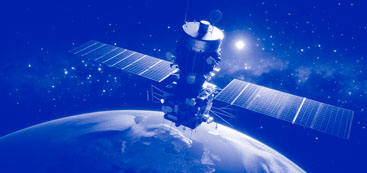Bluetooth LE
Navigation in huge entertainment, retail, warehouse spaces is based on Bluetooth Low Energy wireless technology, which allows you to accurately find the location of a person or thing in a huge three-dimensional space. To interact with Bluetooth peripherals, you definitely need reliable and stable drivers for your computer. Both for production and for home, everyone can download Bluetooth for PCs with Windows 11, 10, 8, 7 and even XP from the site https://www.bluetooth.today/en/downloads right now.
BLE RSSI and GPS
Beacons transmit a unique identifier recognized by smartphones and other Bluetooth-compatible devices within the range of the wireless network. Received Signal Strength Indicator is able to measure the signal strength between devices: the closer the devices, the stronger the signal. When a beacon is detected, it acts as a trigger, for example, for the activity of an application on a smartphone.

Unlike GPS, wireless BLE technology sees the beacon not just in a certain place in the room, but on a specific floor, that is, in three-dimensional space with an accuracy of up to a centimeter. It is possible to link the location with events in the application on the smartphone. For example, in the sales area near the stands with laptops, you can watch a thematic or advertising video in the application. The system can build an analytical report on the behavior of visitors or buyers: route, where and how long they stayed, etc. It is often used to create IoT applications.
Minimum power consumption BLE
Optimized for minimum power consumption, Bluetooth Low Energy wireless technology appeared in Bluetooth 4.0 and was improved in Bluetooth 5.0 / 6.0. Bluetooth Low Energy devices are optimized for minimum power consumption and the transmission of small data packets, stand out for their low cost and ease of use. For example, Airtag, which is hung on keys as a keychain, put in suitcases and bags to track your things. Devices such as medical sensors and beacons can operate on a small battery for several years.
Bluetooth LE Modifications
The low-power wireless technology Bluetooth LE turned out to be so good and in demand that its highly specialized modifications quickly appeared for industry, agriculture, services, and home use. Let's consider three of the most popular ones. The site https://wirelesstechnology.site is dedicated to wireless technologies and devices for both home and business.
LPWAN
LPWAN (Cat-M1/NB-IoT) wireless broadband network technology provides communication over long distances. Low-power devices use small, inexpensive batteries. The LPWAN (Cat-M1/NB-IoT) wireless technology group is used to organize large IoT networks, the elements of which are distributed over significant distances. The disadvantages of LPWAN include: working with small data blocks, low speed and the need for a direct connection to the Internet.
LPWAN is applicable for situations that do not require speed, volumes of information and high bandwidth. LPWAN is effective for monitoring the weather, surrounding terrain, warehouse balances, managing slow or static objects.
LoRaWAN
LoRaWAN low-power wireless technology is similar to Bluetooth LE and LPWAN, but can provide a longer range for small data packets. LoRaWAN wireless technology does not just transmit data, but is able to change the communication frequency, power and speed of information transmission for all active devices. Low-power LoRaWAN devices send packets of information to the cloud via a LoRa-Cellular gateway via a wireless point-to-point connection, without a direct connection to the Internet.
LoRaWAN technology provides maximum range. Multiple sensors can be deployed over a large area, located at a considerable distance, and operate through a single LoRa-Cellular gateway. LoRaWAN sensors are reliable, simple, energy-efficient and are used for leak detection, warehouse management, irrigation, as well as monitoring slow or static objects.
RFID-IoT
Radio frequency identification (RFID) wireless technology is used primarily for tracking and monitoring objects. An RFID tag with a unique identifier is attached to items or embedded in passes, bracelets, loyalty cards, warehouse labels, wearable devices and similar items. RFID tags transmit information about themselves wirelessly, without a direct connection to the global Internet. Then, through a cellular gateway or Wi-Fi, as in the LoRaWAN wireless technology, Bluetooth data is transmitted to a cloud platform.
The RFID-IoT system reduces human monotony, controls inventory, optimizes warehouse logistics and supply chains, tracks goods in real time and identifies bottlenecks in the production process. RFID bracelets are used in hospitals to track the location and condition of patients, control equipment, monitor drug intake and their warehouse stocks.

